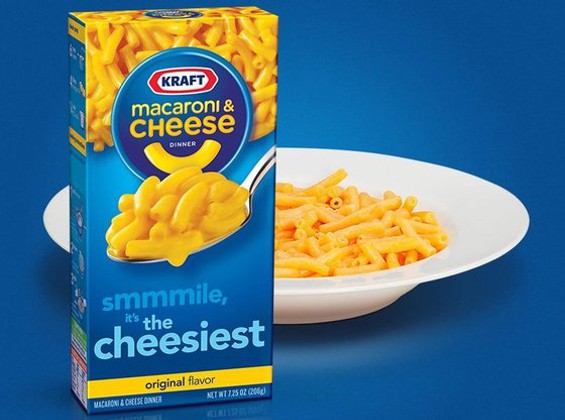Last week in my Facebook Group I posted a photo of a child’s lunch that included cheddar cheese. As I was brewing topics for my next blog post, a question popped up in the comment section of my Facebook post:
“Doesn’t orange cheese have food colouring in it?”
A great question indeed.
That’s when this blog post was born.
Cheese makes a regular appearance in children’s lunches and snacks. It’s an easy protein source for parents and easy to like for kids.
I’m a secret cheese lover myself (an old sheep cheese goes oh so well with wine, right moms?). Although I eat cheese and drink wine very rarely these days, I still have an interest in what cheese we are eating, when we eat it. I also want the families I work with to know what’s going into their food (especially those with “picky eaters” who have a limited repertoire of foods).
Let’s start here…

But isn’t cheese naturally white?
Actually, it *should be* yellow.
Before the days of factory farming, cows actually roamed outdoors and ate grass. The result was more yellow milk in the spring and summertime because of the beta-carotene present in fresh grass. During the winter, however, dried grass (which has lower amounts of beta-carotene) was their primary source of nutrition. Hence, these cows produced milk that was paler in colour.
The more yellow the cheese, the better it was.
That was the perception. The cheese industry caught on to this and started adopting ways to give their cheese a darker hue throughout the year, by adding colour to cheese. A tradition that continues today.
The history behind cheddar cheese is deeper than this, but we are not here for a history lesson. We want to know if we’re feeding our families the good stuff!
What makes cheddar cheese orange?
The deep orange color most people associate with cheeses like cheddar and colby comes from annatto. Annatto is a seed from the South American achiote tree (a liquid extract made with the seeds). Paprika and turmeric have also been used.

A note on Annatto:
While it is a “natural” food colouring agent it’s worth noting that annatto is not necessarily “healthy” for everyone.
- Annatto is linked to cases of food-related allergies.
- Children with autism tend to react to annatto by banging their head/body.
- Annatto is a common trigger for people with IBS or digestive issues (especially diarrhea).
For a list of foods containing annatto, have a look at this. Note: Goldfish (a popular children’s snack) is on this list.
————-
Using whole foods for colouring is the way it’s supposed to be done. But for some reason, the brighter (and more neon) the orange, the better. Out went natural food colouring (i.e. from annatto) and in came synthetic dyes with names like “Yellow #6” and “Blue #2”. Food colouring started to sound more like a football team than food!
This year, Kraft removed artificial food dyes from their Original Mac & Cheese after hundreds of thousands of consumers begged for a change. The “new formula” of Mac & Cheese employs a combination of the spices paprika, annatto, and turmeric. So by the end of this year (2016), Kraft’s Mac & Cheese, across both the US and Canada, will no longer use artificial colourings.
The question now is, did they do the same for other Kraft products like their Cheddar Cheese?
I didn’t know the answer….
So I called Kraft to find out.

Their customer service rep was quite helpful in trying to locate the answer to a seemingly simple question:
“What do you use to colour your Cheddar Cheese products?”
They kindly put me on hold and came back with this information:
The following FDA Certified artificial food colors MUST be declared in the ingredient line on the package:
- Red #40
- Blue #1
- Yellow #5 (Tartrazine)
- Blue #2
- Yellow #6
- Red #3
The colorings listed above CAN NOT be declared in the ingredient line as “artificial coloring”. Yellow #5 and Yellow #6 are derived from non-animal sources
If we use something to color a food product, other than an FDA Certified artificial color, (such as beet juice), that too must be declared in the ingredient line indicating its presence in the product and that it is being used for coloring.
In summary, they only use colours that are deemed “safe” by the US FDA. When artificial/synthetic food colourings are used, they must be listed. Customer Service also noted they are not privy to exactly what is used in Kraft products (the ingredients are proprietary information so they are unable to access it).
So we still don’t quite know what they use to make their cheddar or marble cheese orange, but we should know whether the above artificial dyes are used based on the ingredients listed.
What should we do?
If you have a cheese lover (or are one yourself), these steps can give you some peace of mind:
- Avoid or limit cheddar cheese (and all artificial food dyes), especially if your little one fits the profile for hyperactivity.
- Opt for white cheese like mozzarella.
- Check cheese labels for food colourings and other additives.
- Buy from reputable sources (local farmers. farmer’s markets, and cheese markets are a good place to start)
In my next post, I’ll take a look a food dyes and whether the research says we need to worry about them at all.








white cheeses can have titanium dioxide added for a better white color